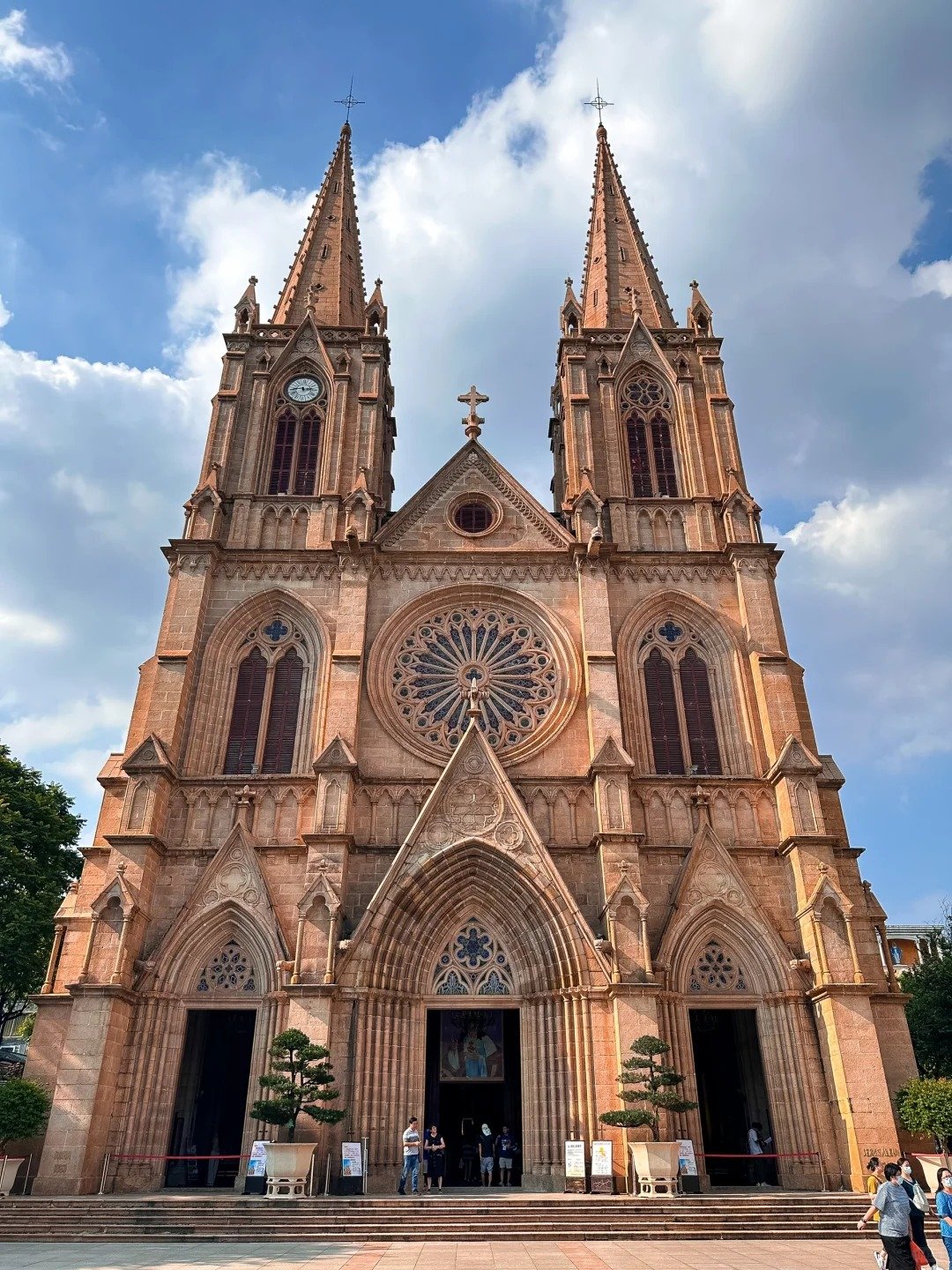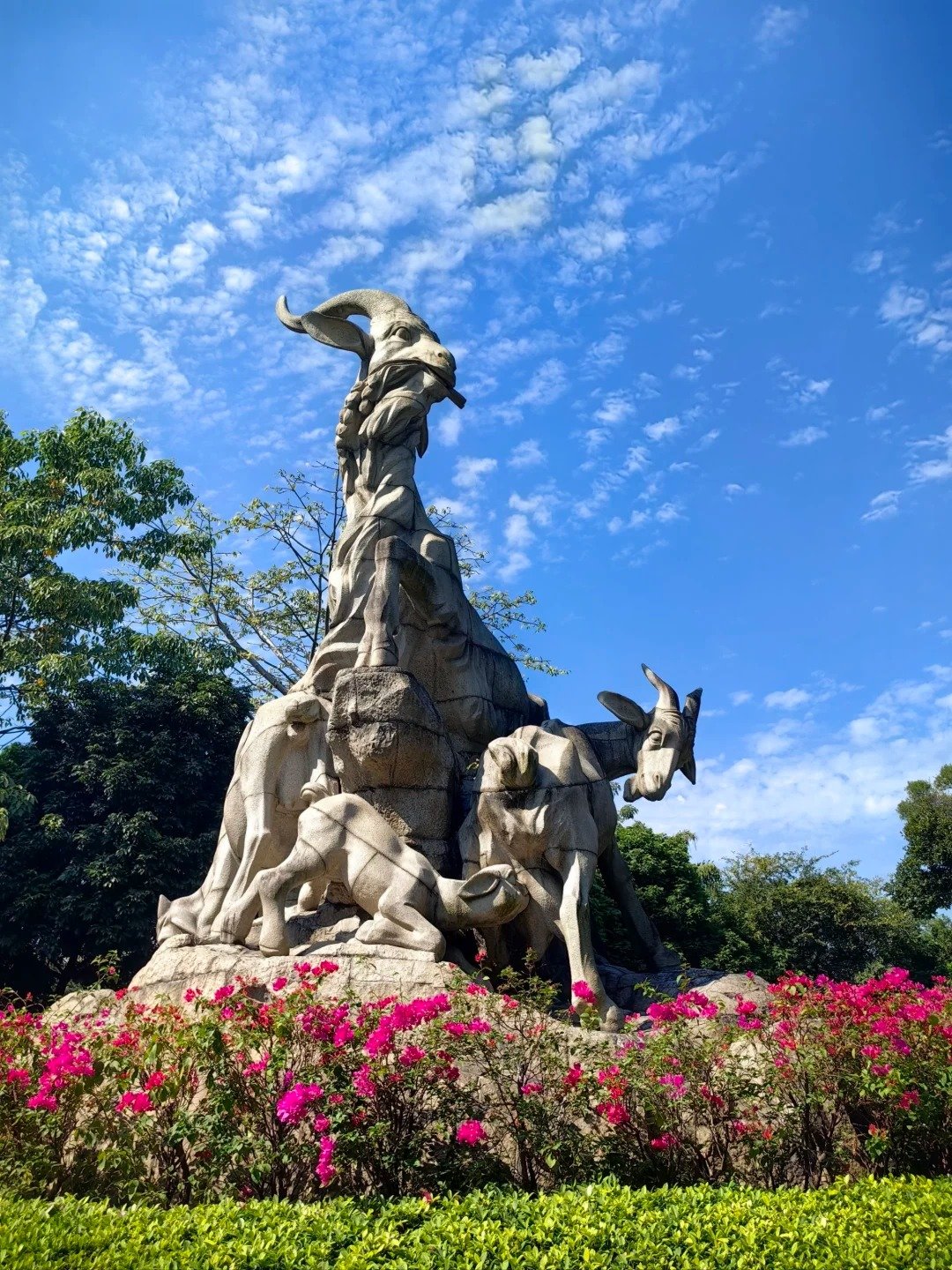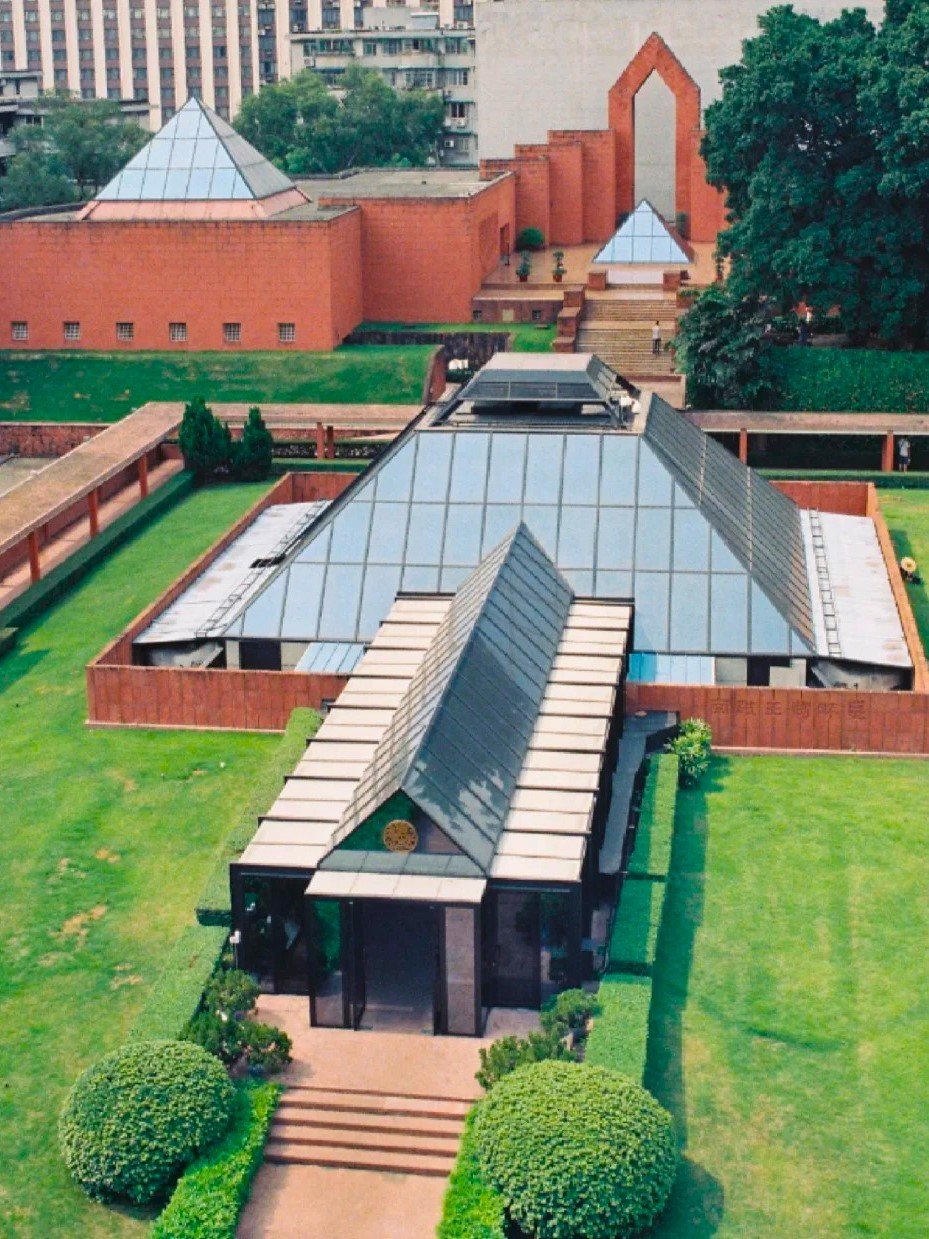
Time
1-1.5hours
Ticket
Included in the cost
Attribute
Architecture / History / Culture / Tradition
Nanyue King's Tomb Museum
4.8

Introduction
The Nanyue King Tomb is a precious Han-dynasty relic in Guangzhou, discovered in 1983, and the tomb owner the second generation of King Zhao Hui of Nanyue. This is a painted stone tomb, with a layout of “front court and rear bedroom”, containing more than1,000 pieces of cultural relics.
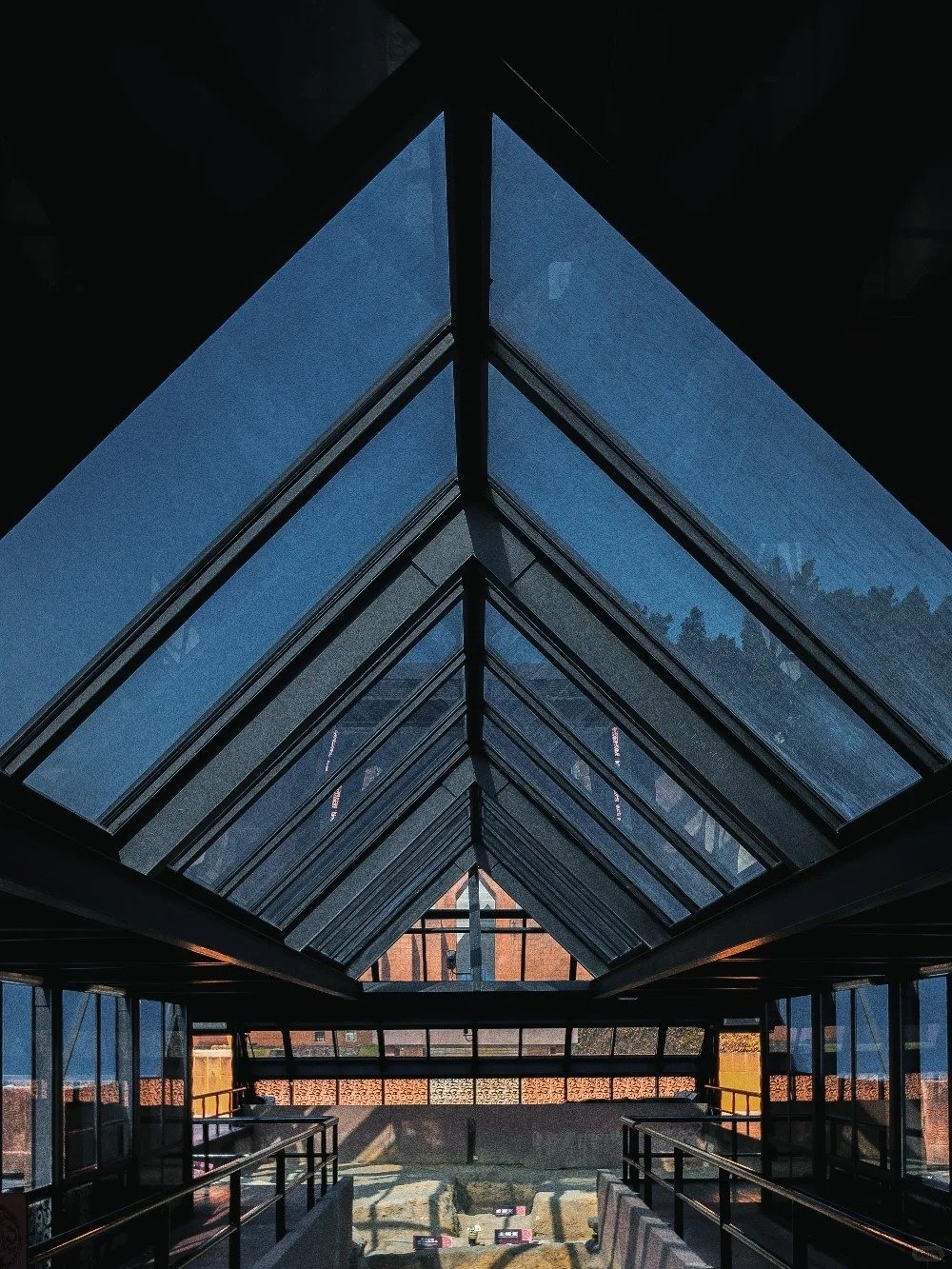
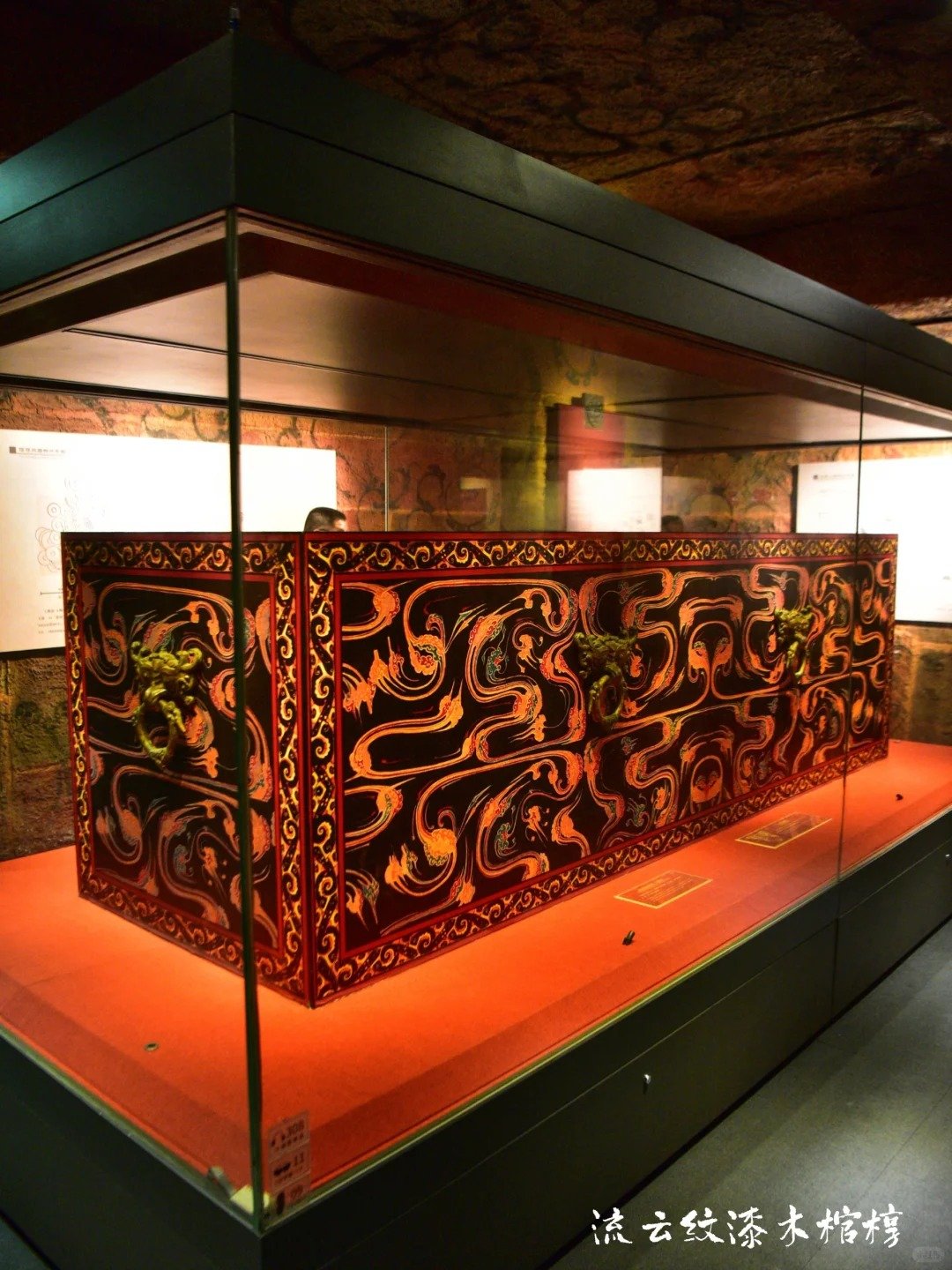
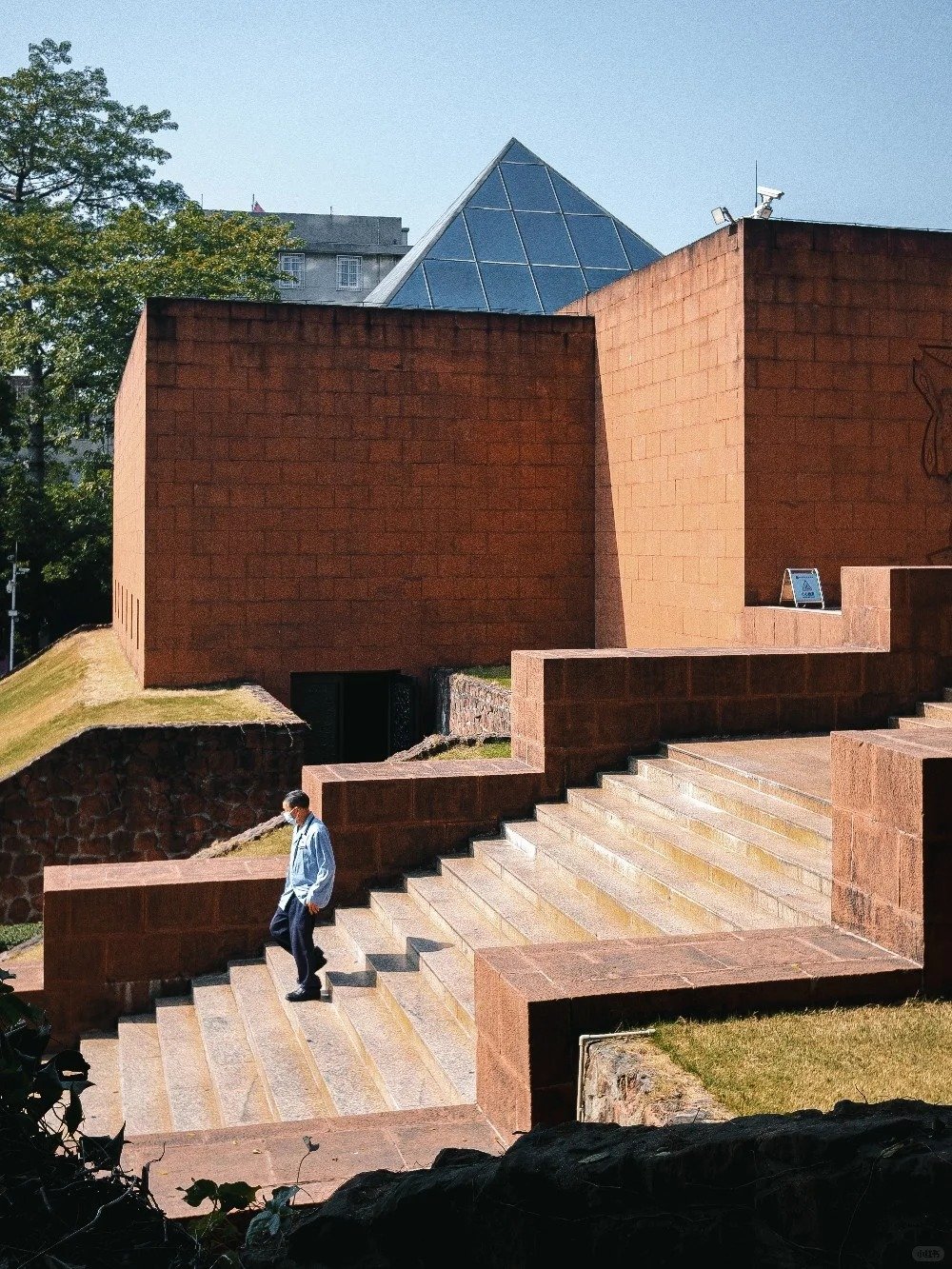
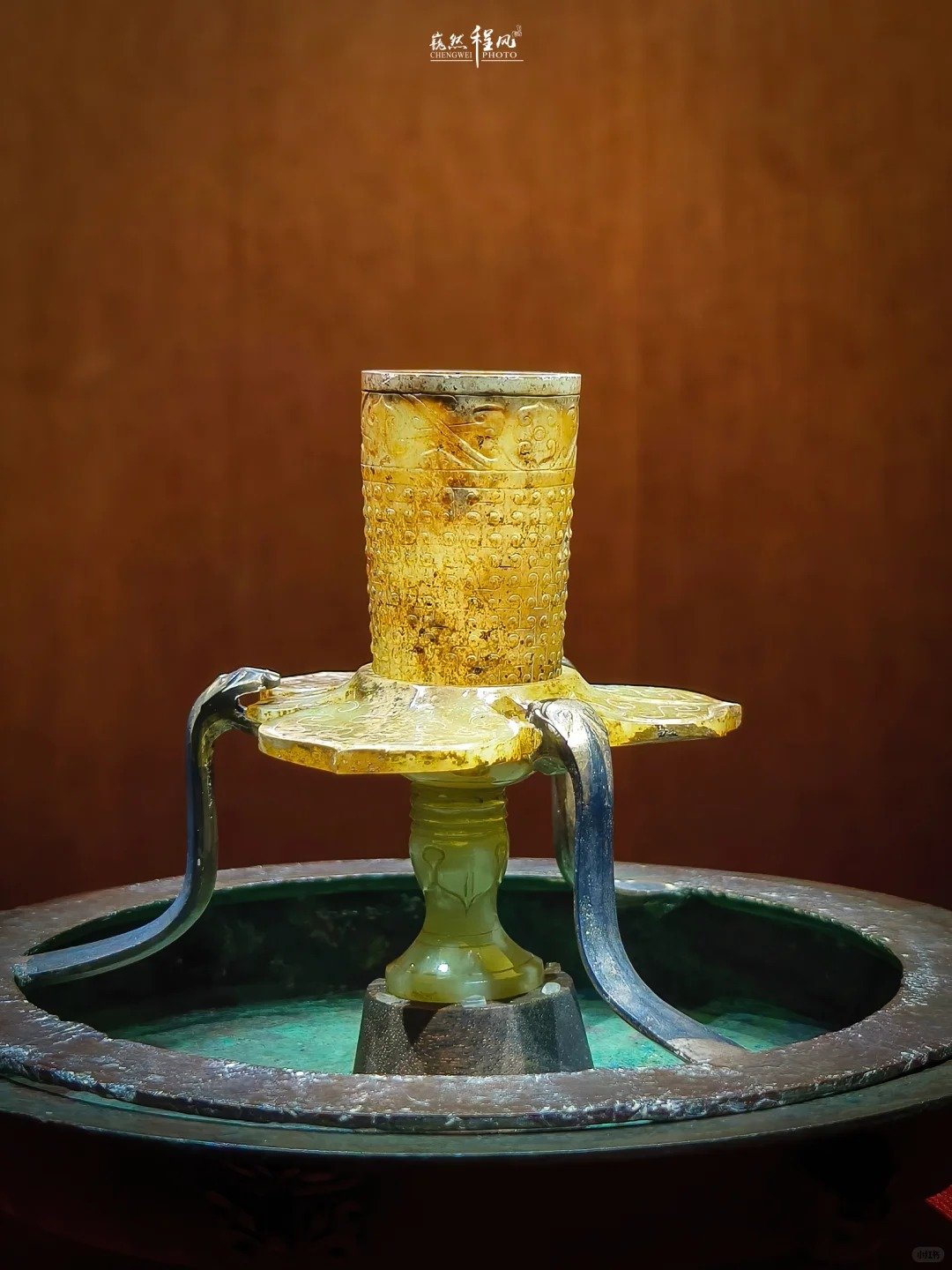
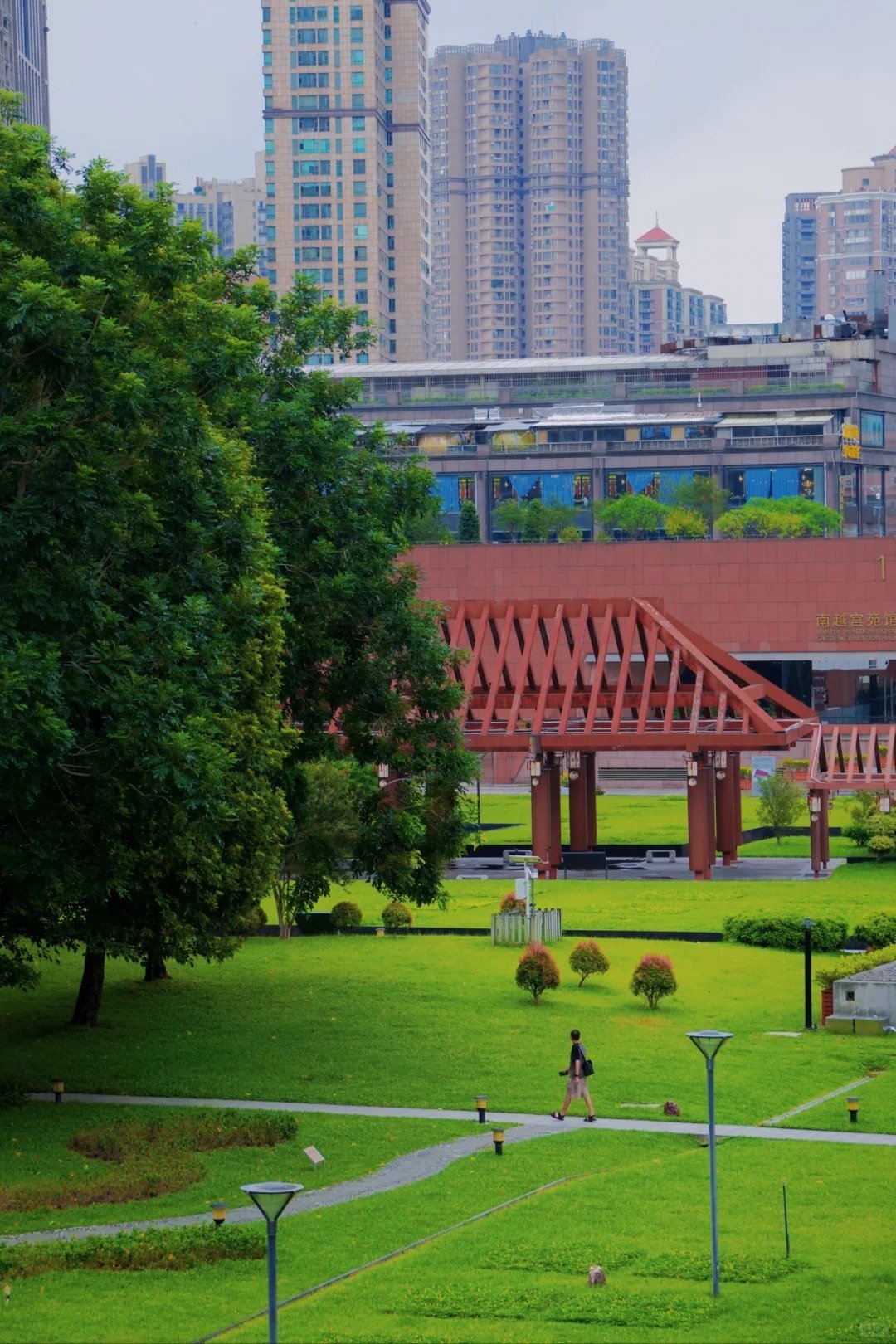
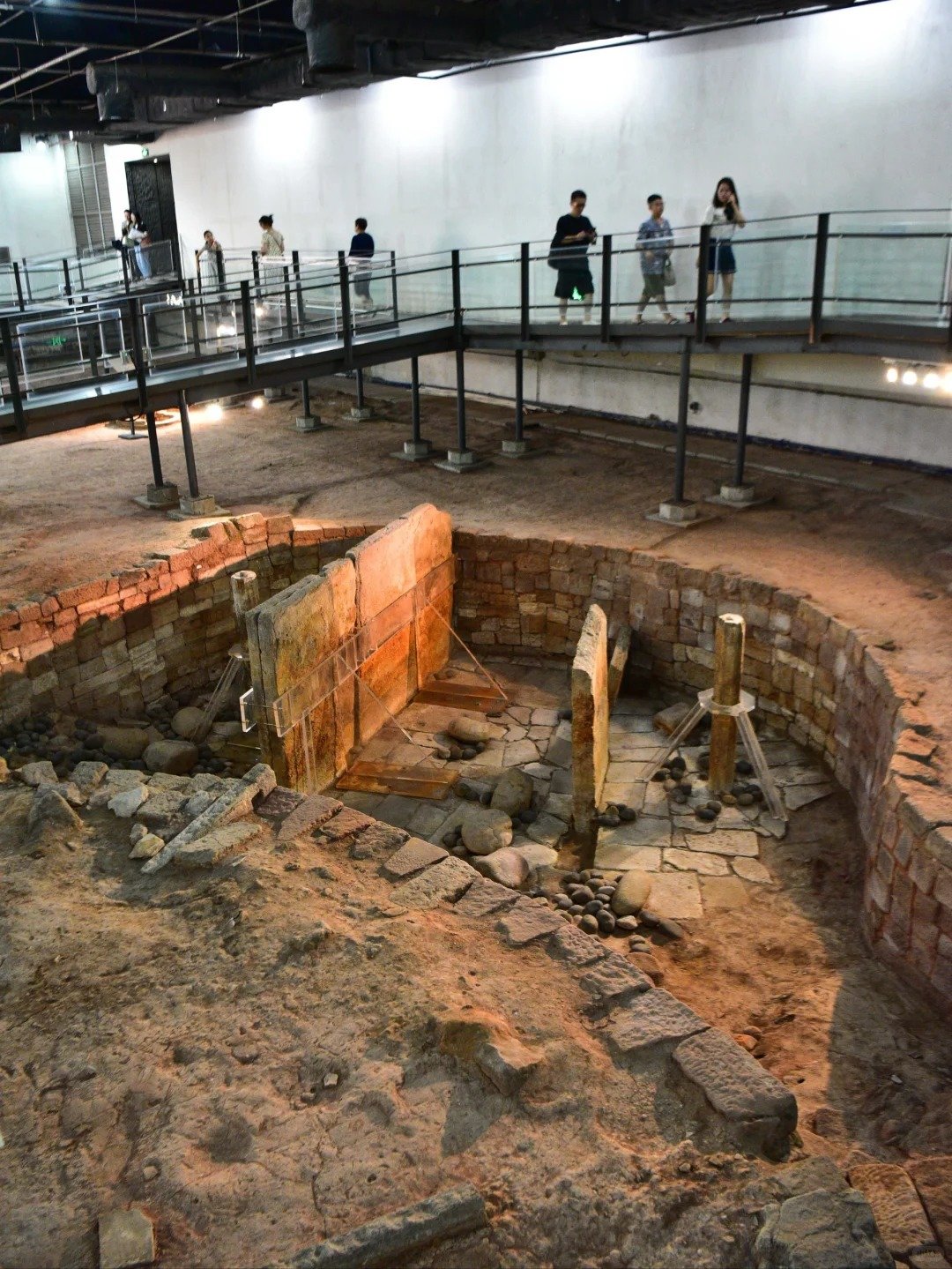
Full-day tour
8-10 hours
Lowest price
160¥ / per
Guangzhou urban culture one-day tour
Choose to understand site information
Geometric architectural style
The tomb of the King of the Southern Yue Kingdom is located in the center of Guangzhou city, backed by Yuexiu Mountain, surrounded byling urban areas, yet it hides the secrets of more than two thousand years ago.
Nowadays, a museum has been built above the tomb, with green trees surrounding the, harmoniously integrated with modern architecture. As you step inside, descending the steps leads directly to the tomb chamber, where the red sandstone walls bear the traces of time. This, where the past and present intertwine, allows you to touch the warmth of the ancient Lingnan civilization amidst the bustle.
The geometric architectural design of the Museum of the Marquis Yi of Nanyue is unique. The steel frame glass protective shed above the ancient tomb adopts the of a covered bucket, symbolizing the shape of the Han Dynasty emperor’s tomb, reflecting the echo of historical forms. Moreover, the semi-circular cylindrical skight shed of the exhibition hall, etc., also uses abstract geometric shapes of modern architecture to create a spatial atmosphere.
Tomb chamber and cultural relics
The architectural style of the Nanyue King’s Tomb is very distinctive and is an outstanding representative of the Han Dynasty Lingnan stone chamber tom. It faces south with its back to the north and has a plane shape of the word “士”. It ingeniously integrates two forms of vertical pits and cliffs, is divided into seven rooms according to the layout of “front court and back bedroom”, with clear division of labor.
The tomb structure is built with red sandstone, and the stones are connected by techniques such as “waist pits,” making it solid and moisture-proof The tomb doors have multiple seals, reflecting the wisdom of theft prevention. The interior paintings, though over two thousand years old, still allow a glimpse of the colors of the time. style contains both the rites of the Central Plains and the adaptability to the geography of Lingnan, demonstrating the cultural integration between early Lingnan and the Central Plains.
The silk-strung jade burial suit is made of 2,291 pieces of jade connected with silk strings, and the craftsmanship is superb The intaglio carving of the dragon and phoenix jade pendant is exquisitely composed, with the dragon and phoenix playing with each other, is the pinnacle of the Han Dynasty jade carving.
The “Wen Di Xing Xi” dragon-shaped gold seal weighs 148 grams and contains 98 percent pure gold. It is the largest Western Han gold seal in China, showcasing the royal authority.
The bronze tiger-shaped token with inlaid gold, the Persian silver box, etc., bear witness to the early exchanges between Lingnan and the Central and the outside world. Each piece of cultural relic hides the secret of the Nanyue Kingdom, which is worth exploring in detail.



